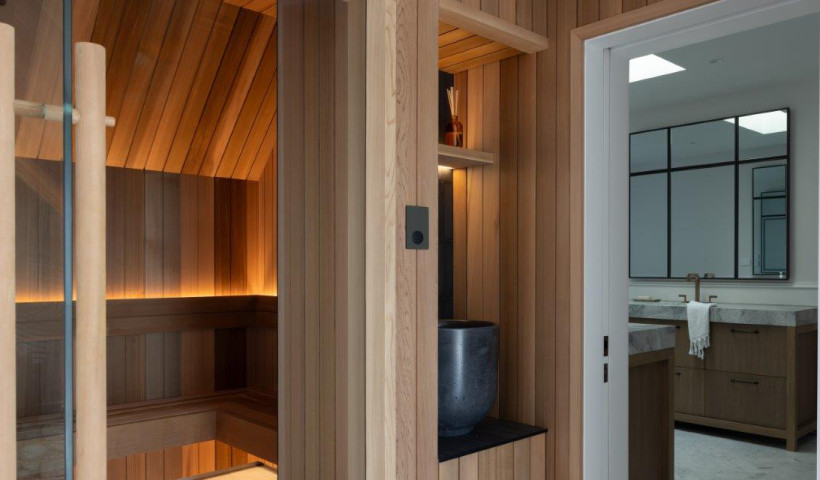
Whether building a house or designing a home improvement project, Kiwis tend to speak to the experts directly involved. Aside from their architect, designer and builder, they may talk to an electrician about lighting practicalities, a plumber about their water needs, a security consultant about safety; and a host of other specialist suppliers or trades. Some trades often work separately and have limited communication between each other. However, this siloed way of operating can often result in a hodge-podge of fragmented systems that may not take advantage of integrated emerging connected technologies. These new technologies support a stylish, convenient and sustainable home lifestyle and we are now on the cusp of this smart home revolution.
These intelligent solutions are becoming more easily available and affordable, resulting in a strong appetite for shaking up how to build an electrical and networking system so homeowners can better manage ‘sub-systems’ such as energy consumption, lighting, security, air-conditioning, intercom and entertainment. In fact, research by Schneider Electric and Telsyte in Australia suggests the number of connected devices going into homes will skyrocket to an average of 37 devices by 2022.
This is a great move forward in building and livability. However, for some, it could create issues such as ‘wall clutter’, where each sub-system or device often has its own separate switches, app or controls, which can be messy, unsightly and inefficient. This in part is due to the explosion of DIY smart home products, which offer a host of simplicity and impressive features. However, as many people are finding, these aren’t always so simple to set up, connect to other devices or provide a single integrated point of control
This is where the role of a Technology Architect can bring a degree of clarity and value to your building project.
One for all
Technology Architects are crucial in bringing together often disparate systems while delivering quality form and function, enhancing the lifestyle of the home’s occupants and finding ways to seamlessly blend technology in the home. Their role is to foster innovation and collaboration to employ smarter buildings, supporting simplified human-centric control and optimised energy efficiency. A key aspect is to also anticipate future technologies and ensure suitable future-proofing is designed into the home to support new devices and systems as they evolve.
It might seem counterintuitive to add yet another person to a project, however, the benefits of a holistic approach to a building project are many and can actually reduce costs for the customer in the long-term with efficient energy savings, elevated security or the automation of mundane tasks.
Standing united
All elements of a build or home improvement project need to be considered holistically to achieve seamless and aesthetic technology solutions. However, this issue is not solely the builder’s responsibility to solve. Technology architects (often referred to as System Integrators) are proficient in specific fields of technology such as lighting control, electrical, security, home entertainment, home networking IT and more. They can design, project manage and deliver efficient, innovative, solutions that provide real-world benefits to the occupants and add value to any building.
When working with builders and architects, technology architects can help map out exactly where devices, outlets, sensors and hubs need to go and how they can work together. This avoids having to navigate a complex web of systems, making integration of the build and technology installation a seamlessly and more harmonious, coordinated process.
Be empowered, not overpowered
The global digital transformation is changing many aspects of Kiwi lives at work and home. As such, the building industry needs to be empowered by the benefits of smart home technology, rather than be overpowered by it. Employing a technology architect from the outset can support and bring together the technological needs of the architect, designer, builder and clients in a common strategic vision.
Written by Mark Jeisman, Business Development Manager, Schneider Electric













 Case Studies
Case Studies








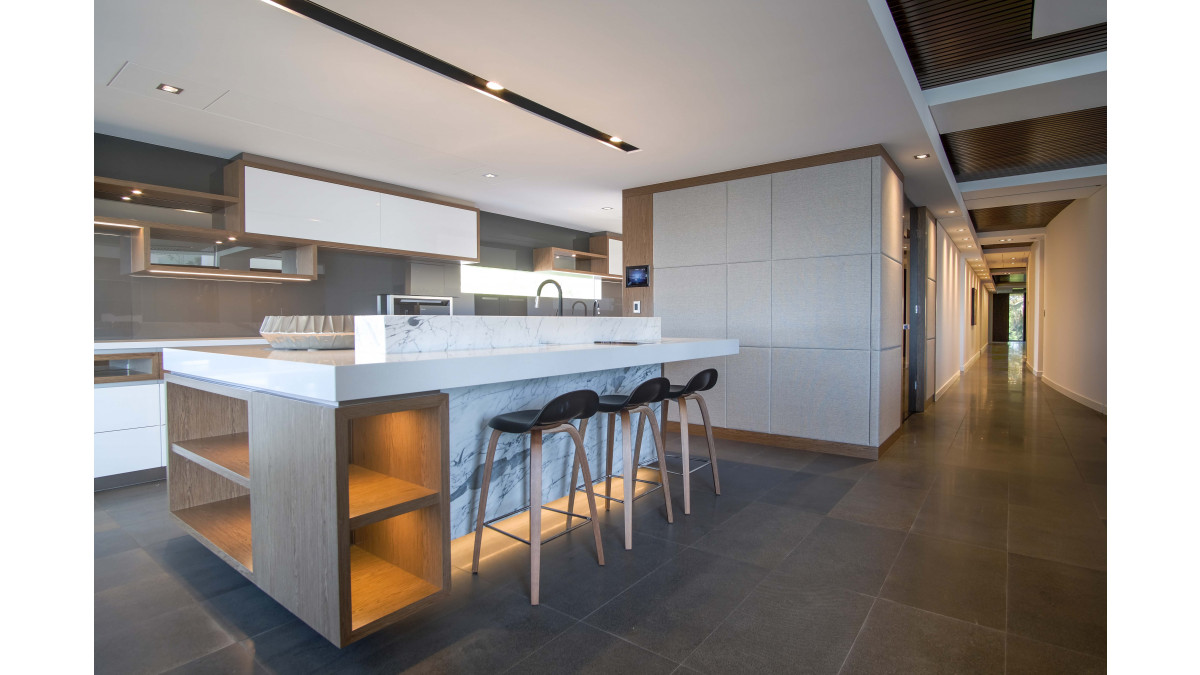
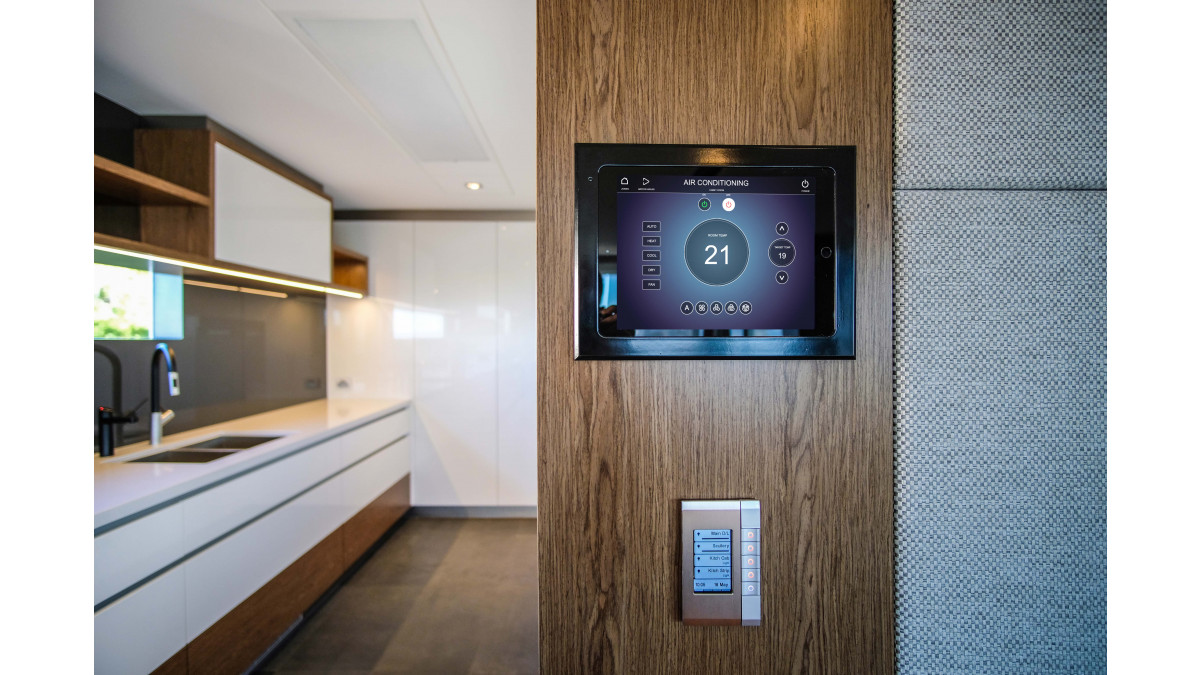
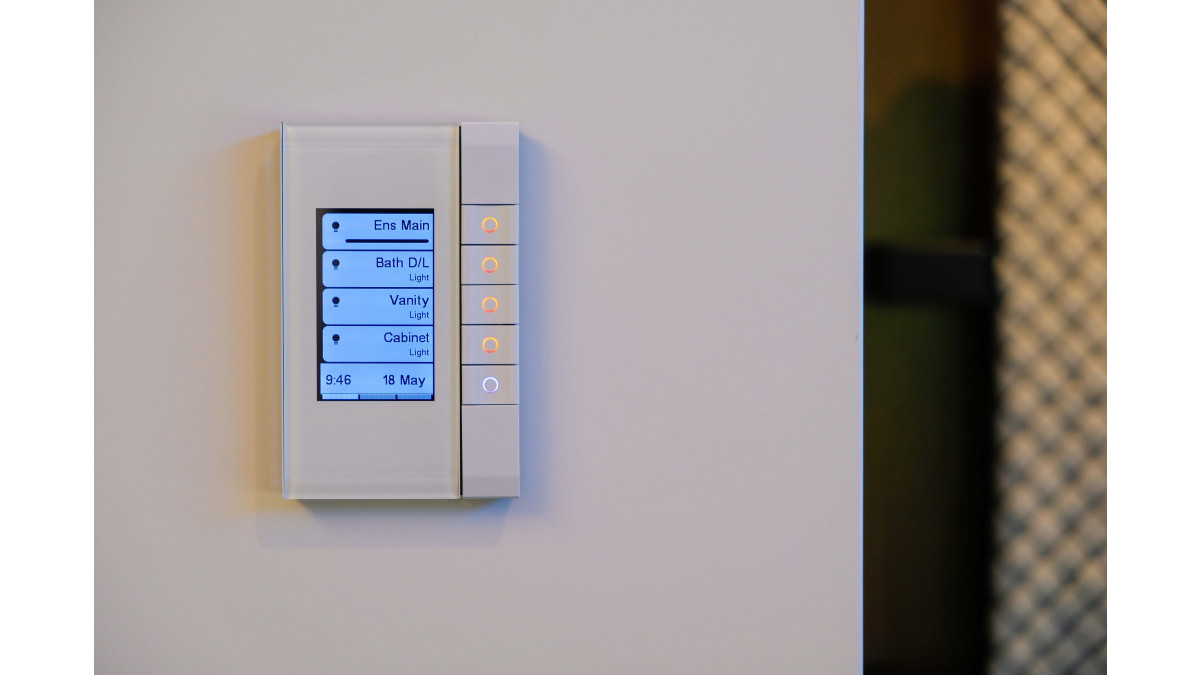
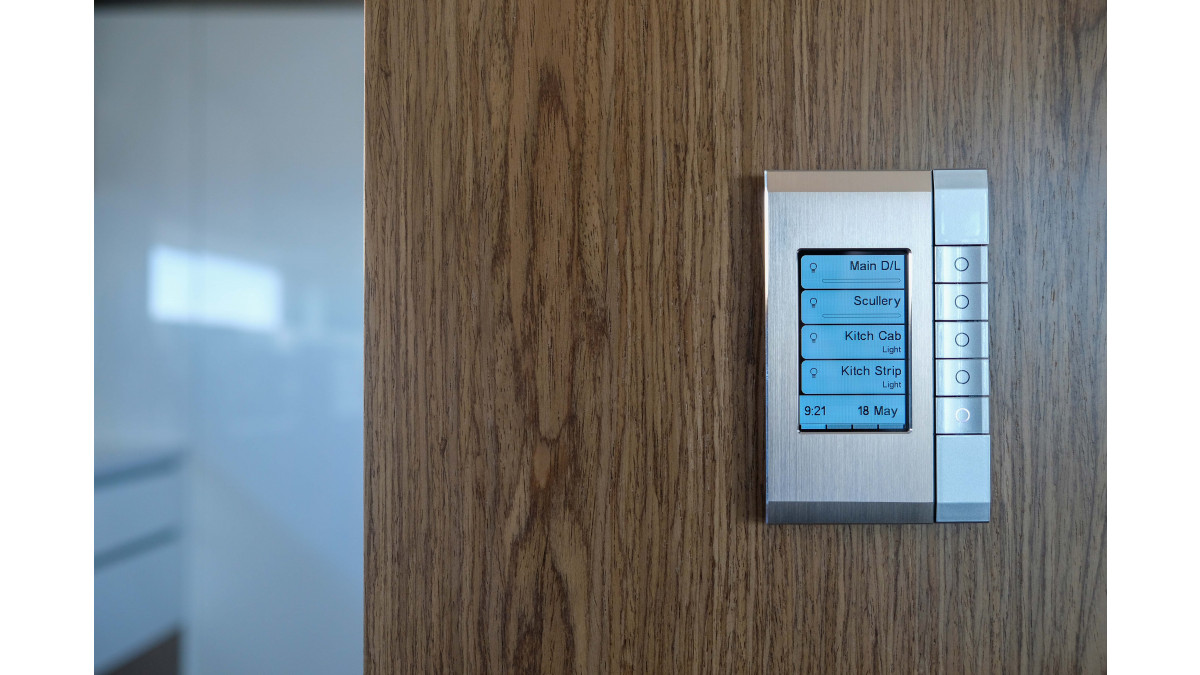
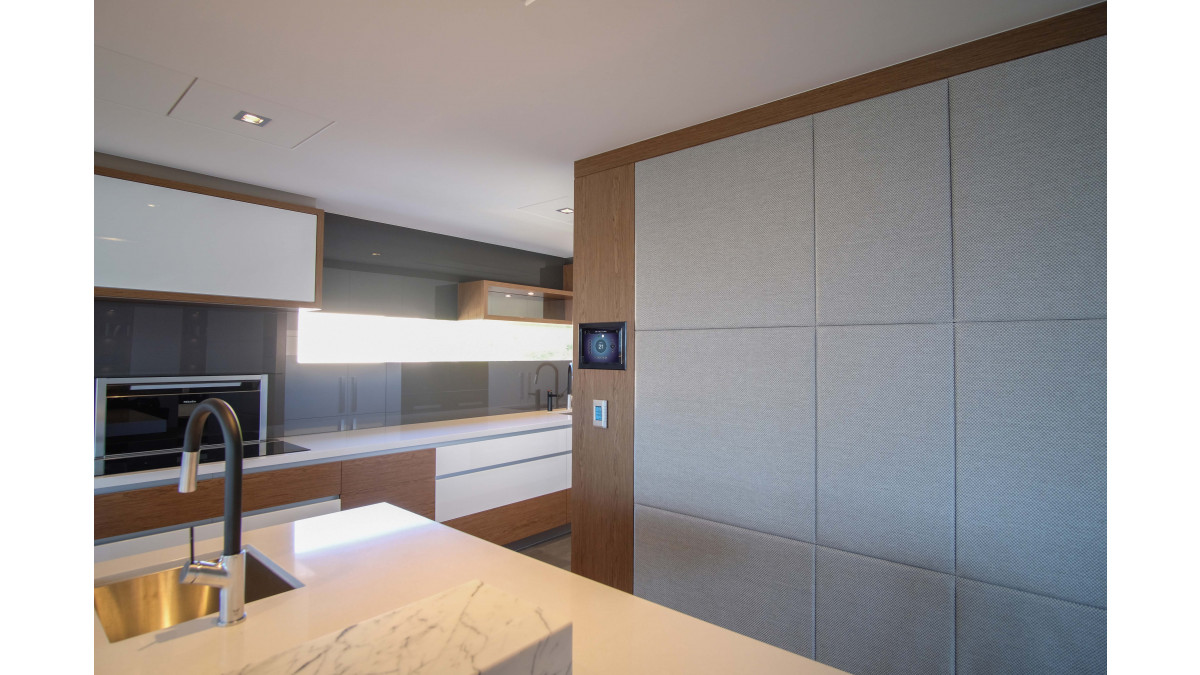


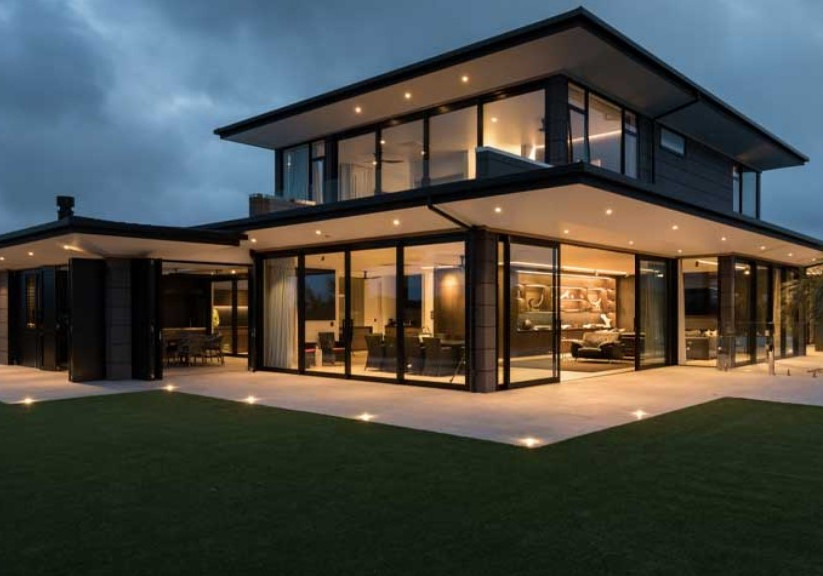

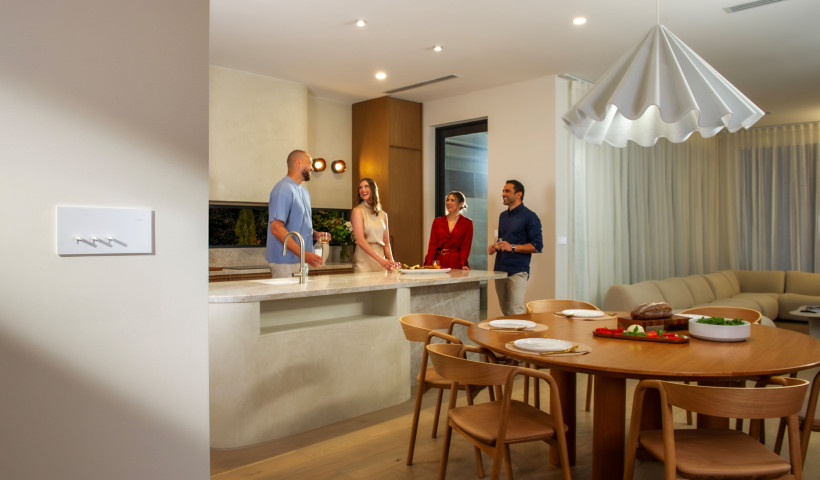
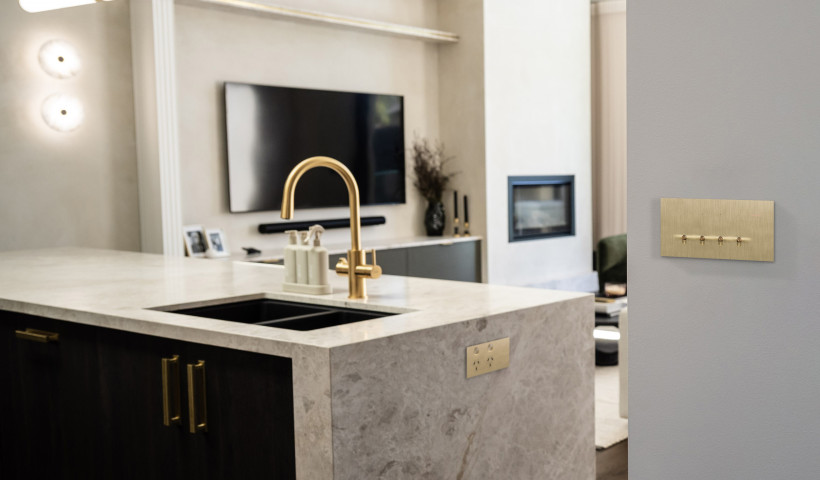
 Popular Products from Schneider Electric
Popular Products from Schneider Electric


 Most Popular
Most Popular


 Popular Blog Posts
Popular Blog Posts